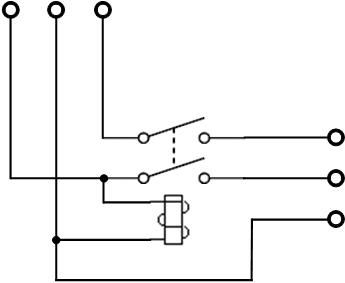petersonra
Senior Member
- Location
- Northern illinois
- Occupation
- Semi-retired engineer
Today's email from Mike Holt discussed open service neutrals. he indicated there is no way to determine if the neutral is open to protect one's self against this problem.
I am not all that sure he is correct on this.
If one were to measure the difference in current flow through the two hot lines and compare it to the neutral current, any significant difference would indicate an open neutral.
Or is this too simple?
It would seem like an enterprising manufacturer could adapt simple and inexpensive existing GFCI technology to detect such a condition.
Why not a more or less standard 2 pole GFCI breaker but with the trip point kicked up enough to eliminate nusiance trips.
I am not all that sure he is correct on this.
If one were to measure the difference in current flow through the two hot lines and compare it to the neutral current, any significant difference would indicate an open neutral.
Or is this too simple?
It would seem like an enterprising manufacturer could adapt simple and inexpensive existing GFCI technology to detect such a condition.
Why not a more or less standard 2 pole GFCI breaker but with the trip point kicked up enough to eliminate nusiance trips.


